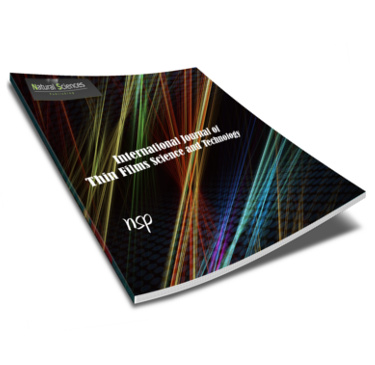International Journal of Thin Film Science and Technology

Abstract
Solar energy has emerged as renewable energy to support human and social development. The development of low-cost, high-efficiency perovskite solar cell has attracted intensive attention because of unique properties such as band gap tenability, stability and high absorption co-efficient value. Research indicates that the power conversion efficiency of lead perovskite solar cell has increased from 3.8% to 25.2% recently. However, the main challenges in this type of solar cell was lead element. Lead is very toxic and very hard to discharge from the body. Therefore, researchers work hard to develop non or low toxic metal ions to substitute lead in solar cell. In this work, different lead-free perovskite materials (tin, germanium, caesium, copper, bismuth and antimony) and related photovoltaic behaviors were reported. The band gap, absorption efficiency, power conversion efficiency, fill factor, short circuit current, open circuit voltage and other physical properties for all of lead-free materials were highlighted. Tin based perovskites showed very high absorption coefficient. Bismuth and antimony were very stable because of +3 valence state in the atmosphere. Finally, the review also describes some challenges facing the performance of solar cells.
Recommended Citation
M. Ho, S. and Hassan, I.
(2022)
"Lead-free Perovskite Materials for Solar Cell: An Update of Recent Trends,"
International Journal of Thin Film Science and Technology: Vol. 11
:
Iss.
3
, PP -.
Available at:
https://digitalcommons.aaru.edu.jo/ijtfst/vol11/iss3/4

